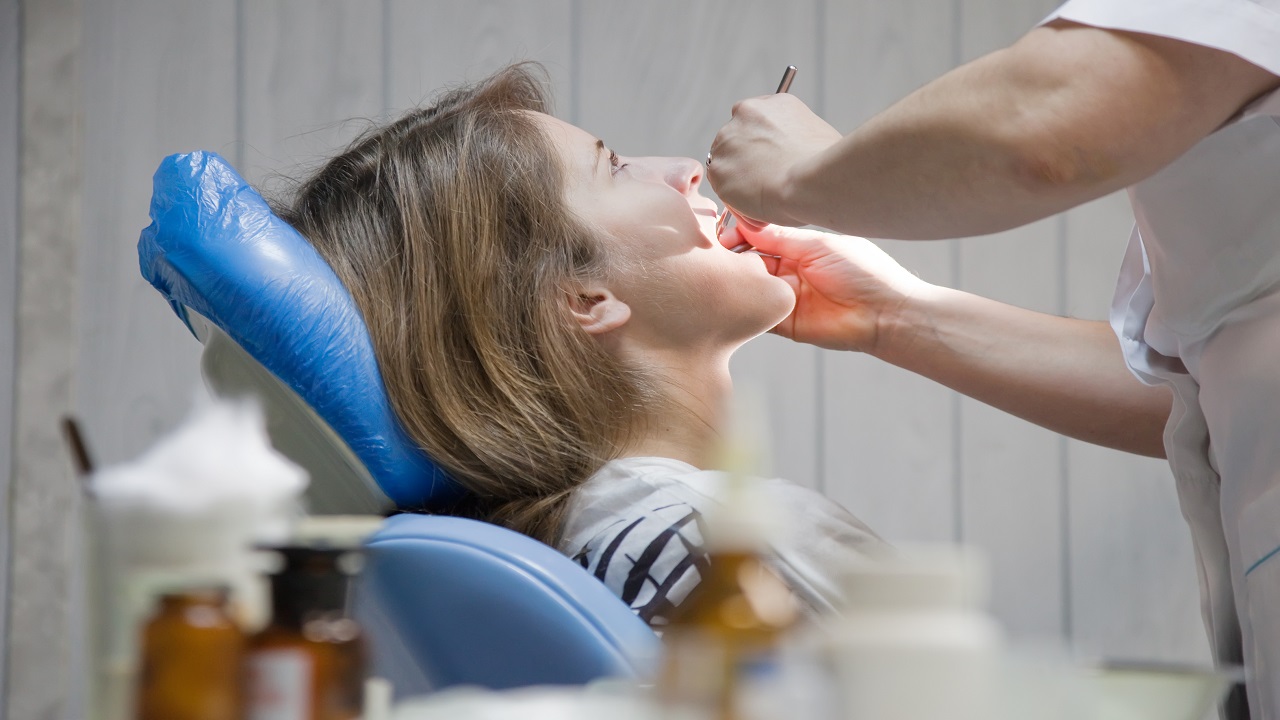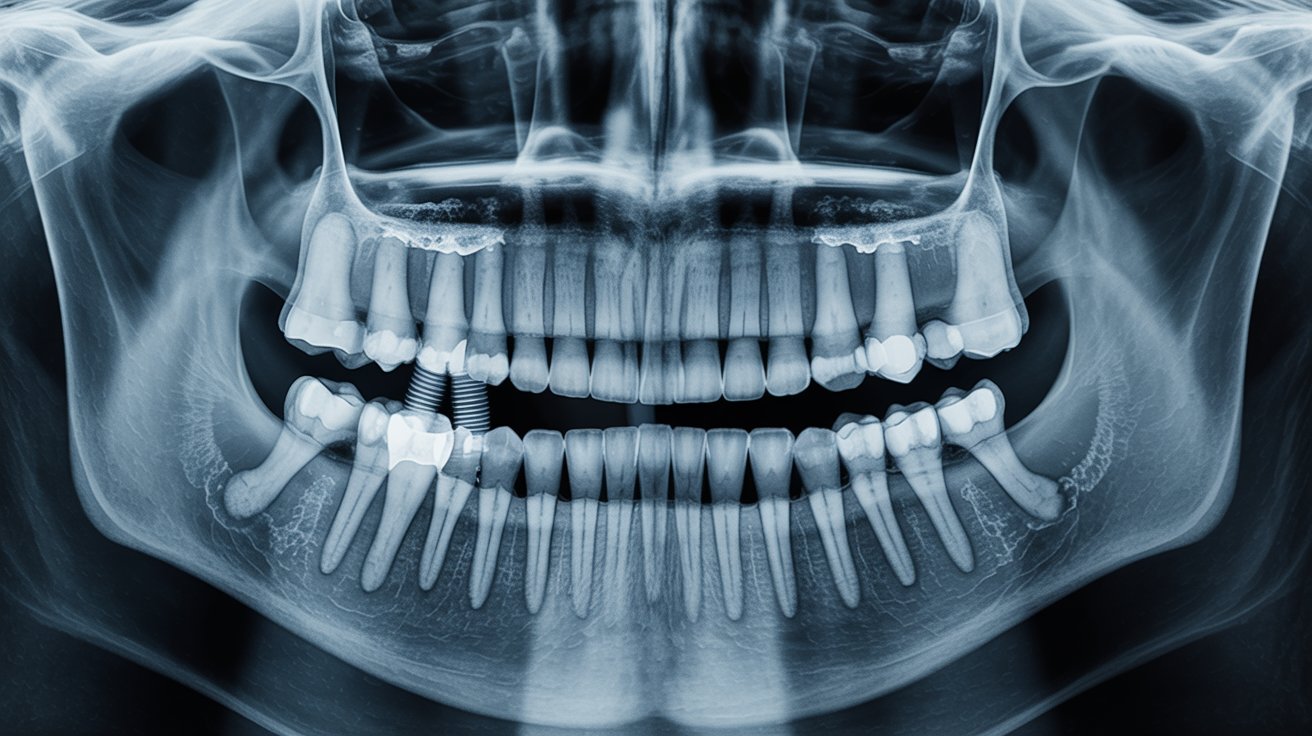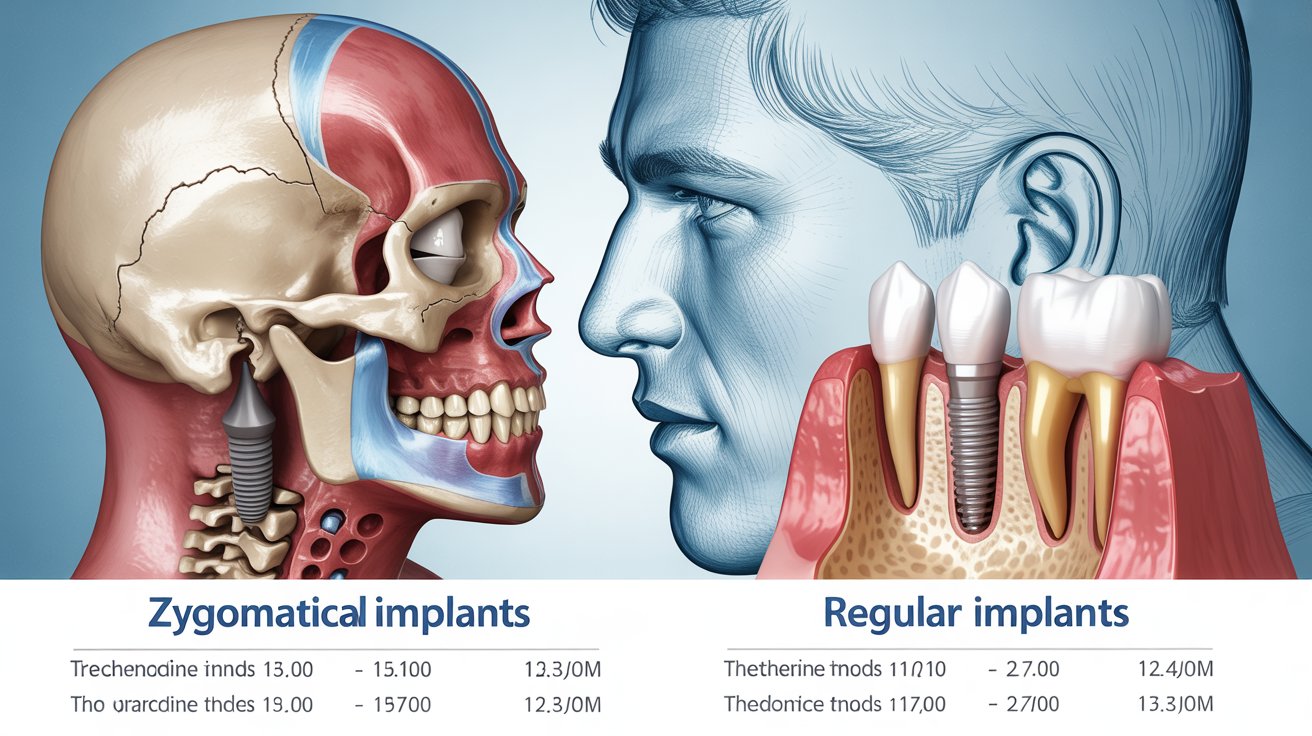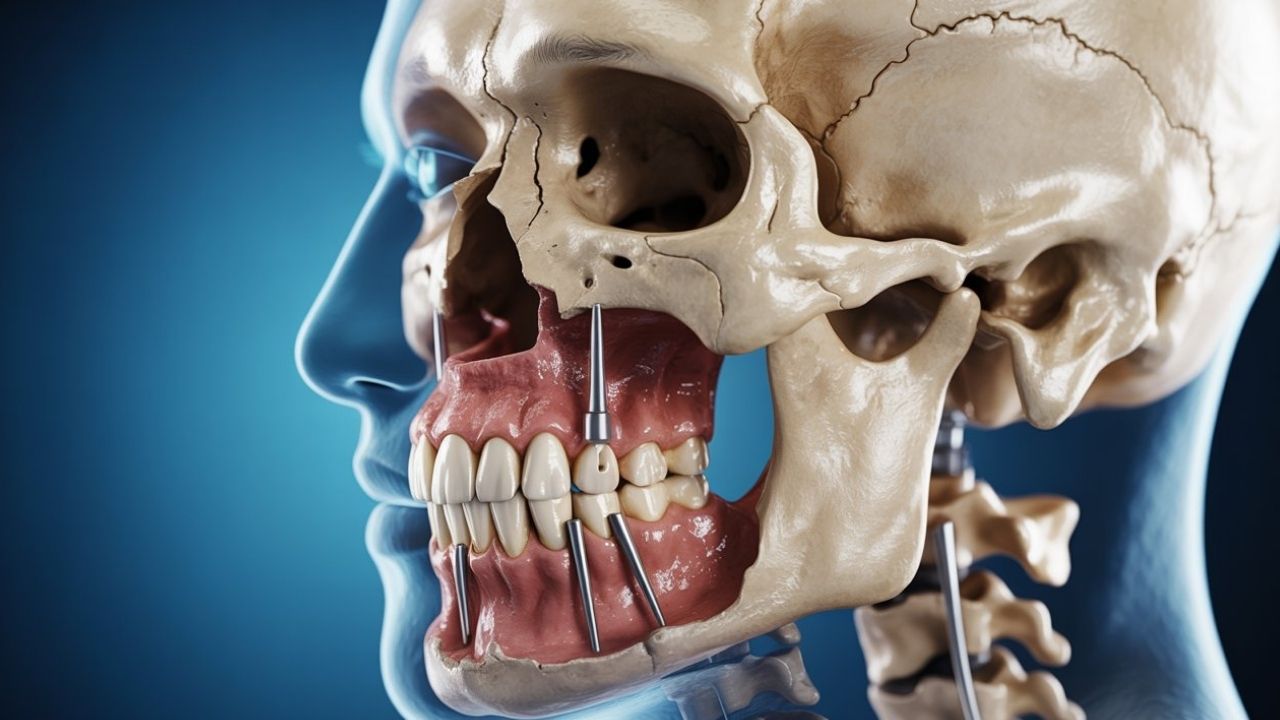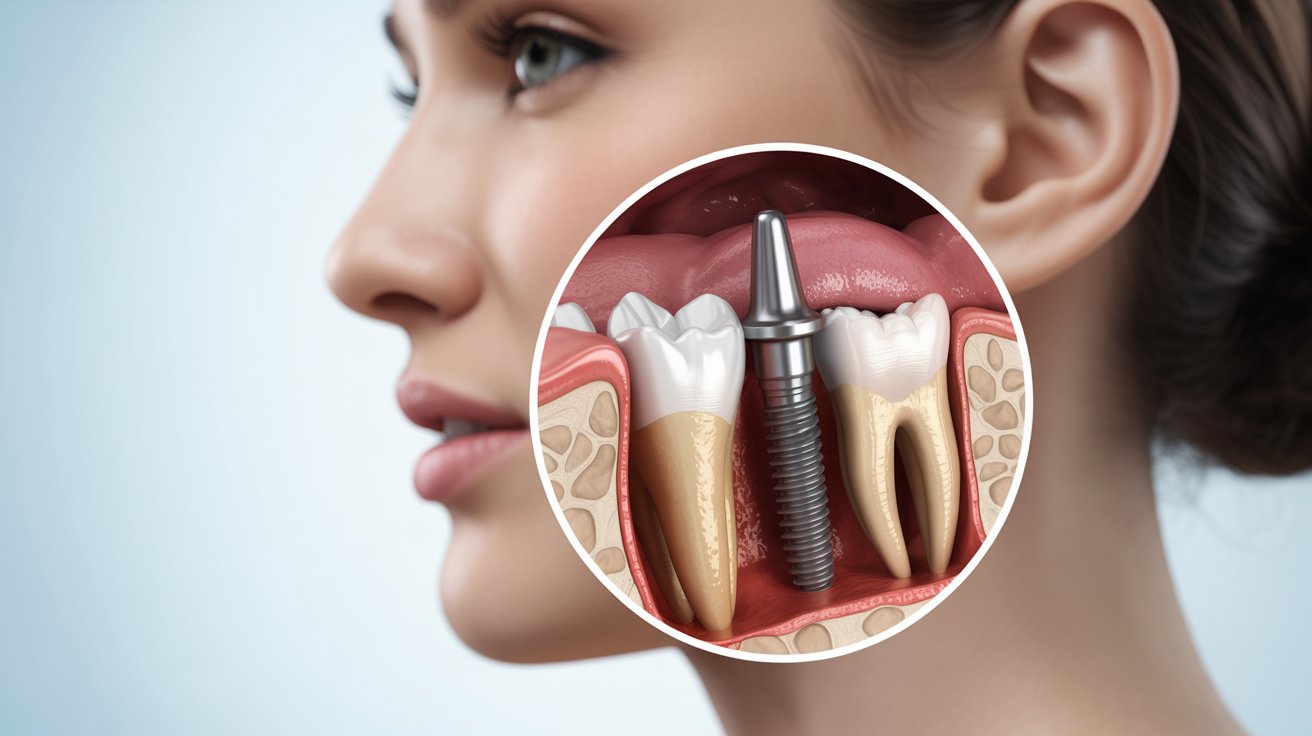Zygomatic Implant success rate is relatively high compared to other treatments. This treatment aims to be able to make a successful implant in cases where the upper jaw bone is not suitable. Therefore, the high Zygomatic Implant success rate is the essence of the treatment.
Zygomatic, an effective dental implant technique, is applied mainly to patients with advanced osteoporosis. Of course, this treatment is also hopeful for people whose upper jaw bone has not developed for various reasons.
What is Zygomatic Dental Implant Surgery?
Before going into detail about the Zygomatic Implant success rate, let’s briefly examine the treatment.
- The treatment aims to place implants in the zygomatic bone in cases where the classical dental implant procedure is not applicable.
- This area, called the zygomatic location, is located in the cheekbone. Some treatments can be applied here due to aesthetic concerns or physiological reasons.
- Zygomatic Implants are a more advanced version of bone grafting. Between these two treatments, zygomatic implants show the fastest recovery.
- Zygomatic Implant success rate is also higher compared to bone grafting.
Treatment can only be applied by a physician who specializes in this field. Application procedures usually consist of 4-5 steps.
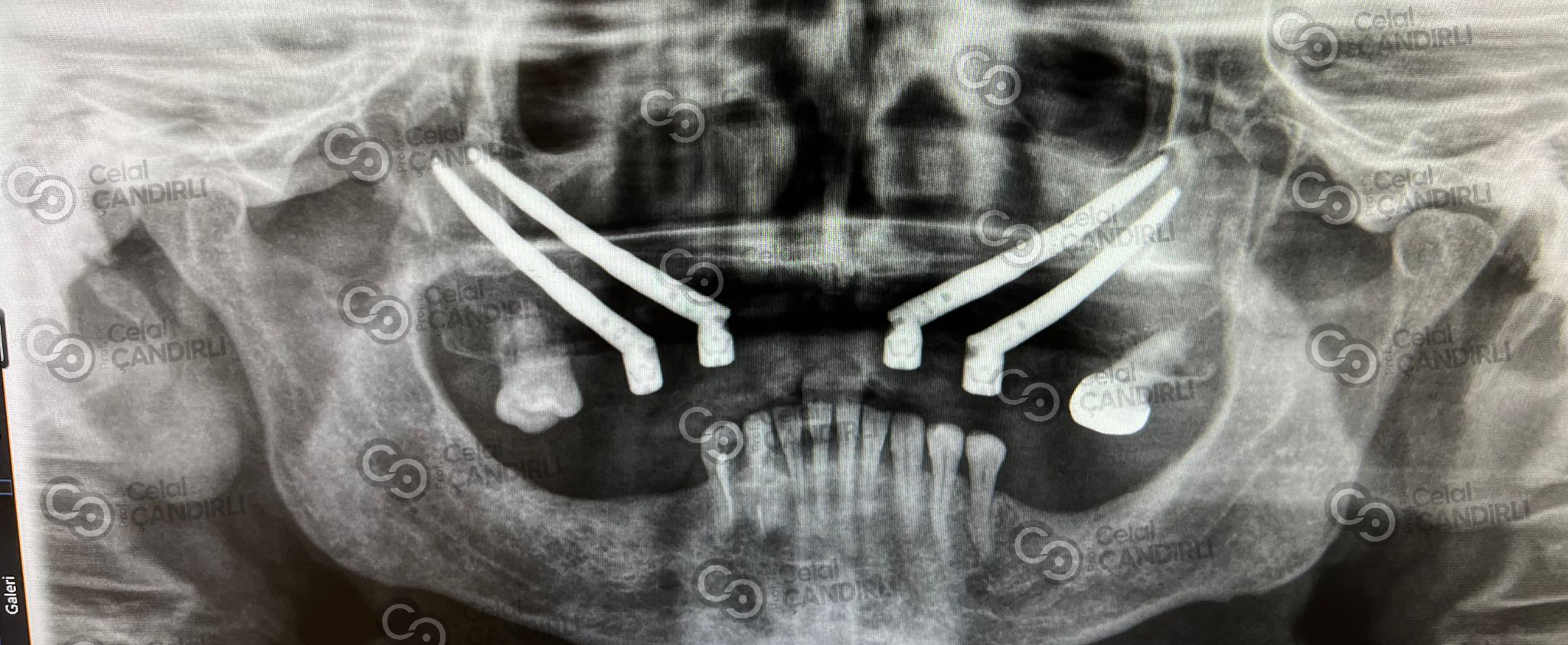 How Are Zygomatic Implants Applied?
How Are Zygomatic Implants Applied?
In order to understand the Zygomatic Implant success rate, it may be necessary to know the treatment closely. In this regard, the treatment consists of 4 steps.
| Zygomatic Implants Treatment Stages | Explanations |
| Consultation and Preliminary Examination | First of all, it is necessary to obtain detailed information about the patient’s mouth and teeth structure and to draw an appropriate treatment plan. |
| Zygomatic Bone Implant Placement | In the second stage, an incision is made in the relevant area and the zygomatic bone is reached. The surgery is completed after the implant is placed in the bone. |
| Recovery Time | A rest period of 1-3 months is recommended for the patient to allow the incisions to heal and the implant to fuse with the bone. |
| Placement of Prosthetics | Finally, the prostheses are placed and the patient’s zygomatic implant treatment is concluded. |
In fact, the Zygomatic Implant success rate is determined by the positive completion of all these stages. For example, if the patient does not follow the doctor’s recommendations during recovery, the treatment may fail.
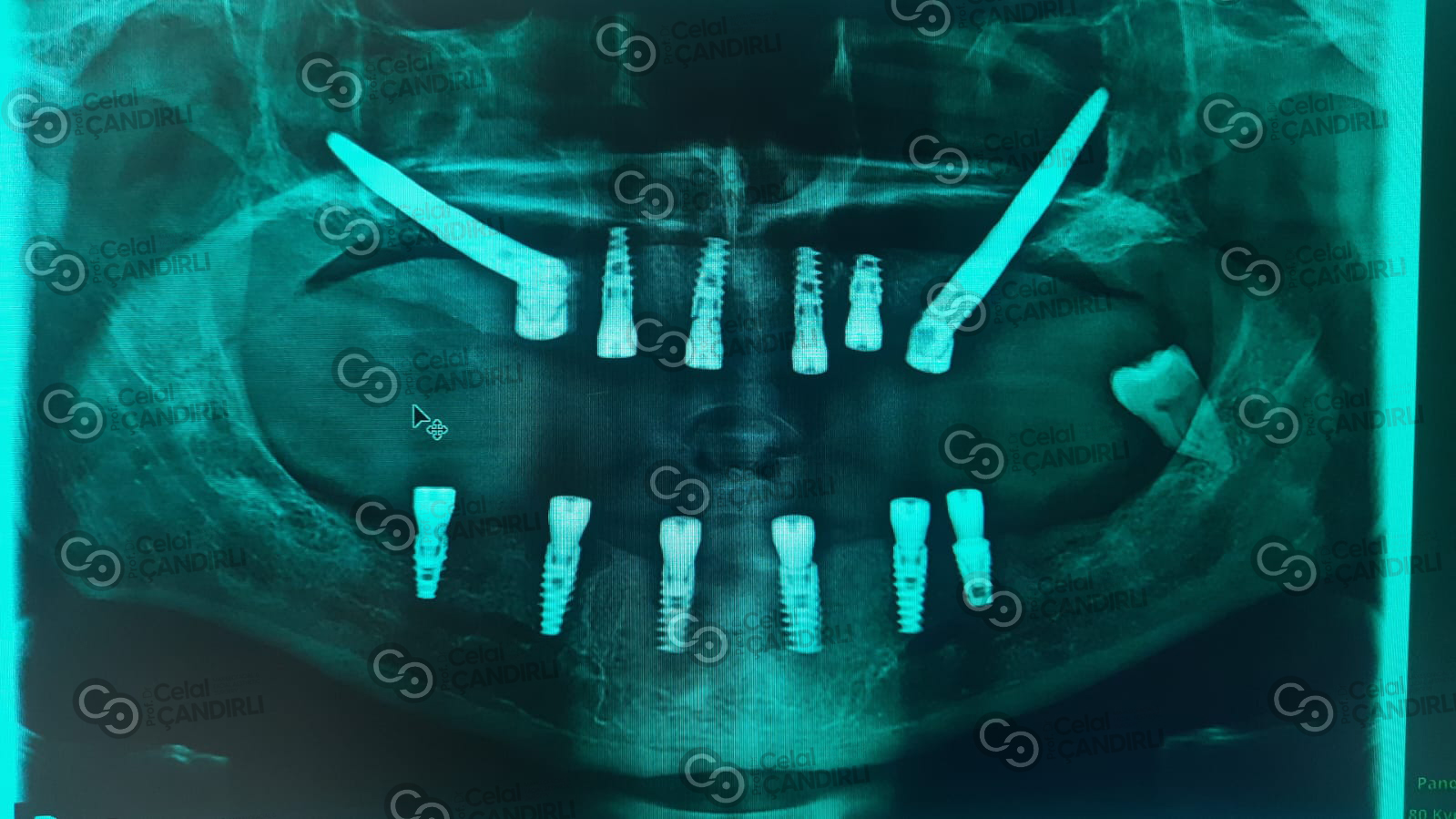
Zygomatic Implant Success Rate
The Zygomatic Implant success rate is quite high compared to many similar treatments. In order to make this conclusion, a large number of zygomatic implant reviews were scanned. This conclusion is also based on scientific research by experts in the field. For example;
- In one study, the Zygomatic Implant success rate is 98.6%. This is based on the pre-treatment and post-treatment follow-up processes of 25 patients.
- Similarly, in another scientific study, the Zygomatic Implant success rate appears to be between 75% and 100%.
- In addition, doctors who are experts in this field clearly express the success rate of the treatment. Max Fax Zygoma Center states that the treatment has a very high success rate even today.
- In addition to all these items, it is possible to say that the treatment is quite successful when zygomatic dental implant reviews are considered.
In short, when the Zygomatic Implant success rate is compared to alternative methods, there appears to be a gap.
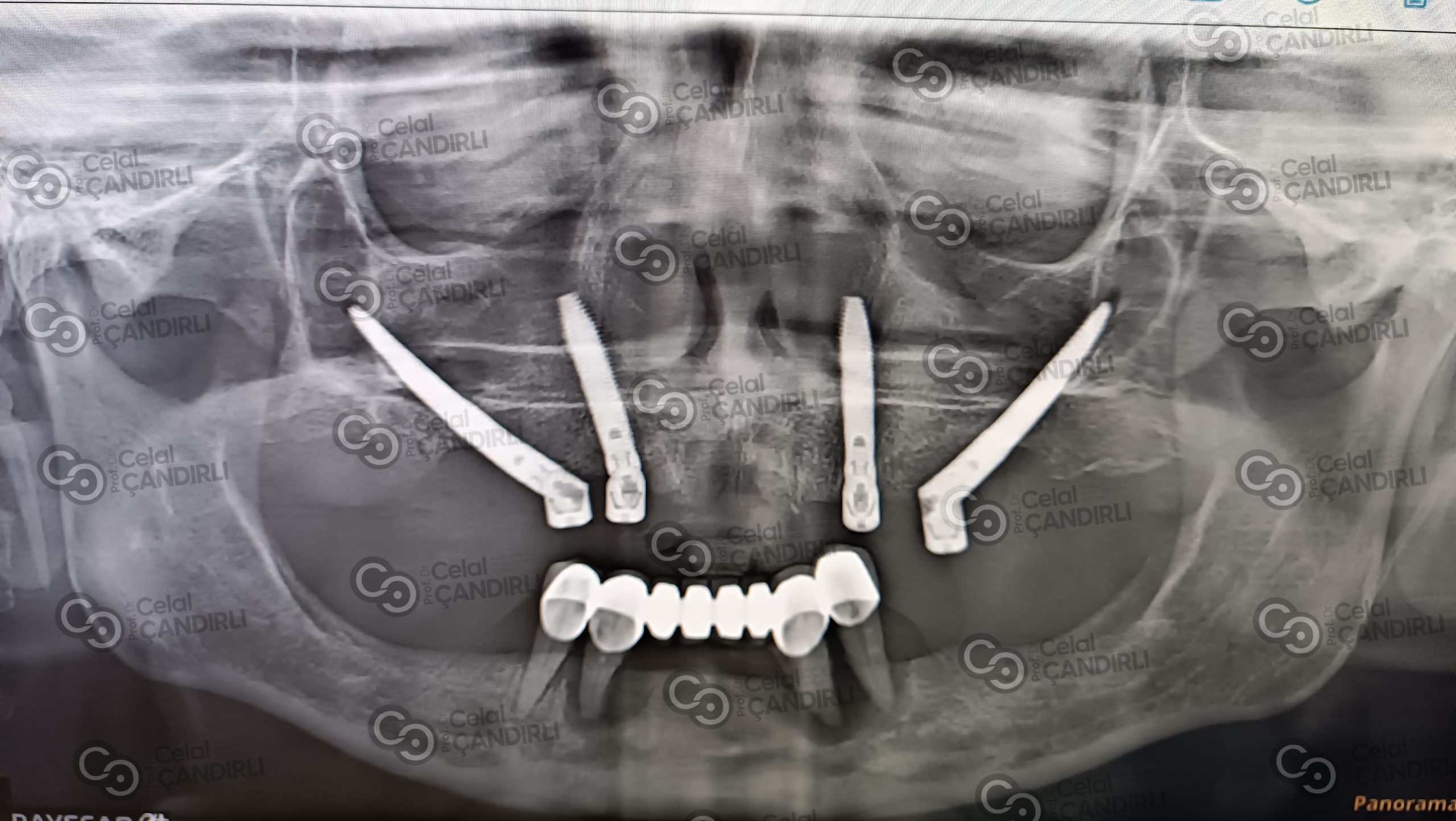
What Does the Zygomatic Implant Success Rate Prove?
As can be understood from the title, the Zygomatic Implant success rate proves that it is possible to choose the treatment. Zygomatic implants can be applied instead of the bone grafting technique applied in previous periods. In this way, the dental integrity of patients whose upper jaw bone is unsuitable for implants is provided or preserved.
Zygomatic Implant Success Rate and Advantages
Zygomatic Implant success rate can also be considered within the scope of treatment advantages. In addition, other advantages of the treatment are:
- The integrity of the teeth of patients with inadequate upper jaw bone is ensured.
- A dental implant can be applied to the patient without the need for bone grafting treatment.
- The treatment is quick to apply, and the patient’s recovery usually takes 7-10 days. Of course, waiting 1-3 months for the implant and bone to fuse may be necessary. However, the pain sensation after treatment usually disappears within the first few days.
All these advantages can also be considered within the Zygomatic Implant success rate framework.
Zygomatic Implant Failure Rate
Zygomatic Implant success rate is determined based on failure cases. For example, some complications may affect the success rate of the treatment. The risk of infection is undoubtedly at the top of these complications. There is a risk of infection after every surgical procedure. Zygomatic implants are also a surgical procedure. Therefore, it is crucial to provide good postoperative care.
In short, if the infection rate is low, it is not very possible for the treatment to fail. Of course, the speed of recovery may vary from person to person. What is essential in treatment is that the patient chooses to be treated in a reliable clinic. Post-treatment care is also very important.

Frequently Asked Questions
This section answers the most frequently asked Zygomatic Implant success rate questions.
Are Zygomatic Implants safe?
Of course. One of the most prominent features of this treatment is that it is a reliable technique. The Zygomatic Implant success rate also proves the reliability of the treatment.
What are the Disadvantages of Zygomatic Implants?
In fact, there is no clear disadvantage to zygomatic implants. However, as we have mentioned before, such surgical procedures certainly carry a risk of infection. Therefore, this risk will also be eliminated if the post-operative period is healthy.
Can Zygomatic Implants Fail?
Zygomatic Implant success rate is updated every period depending on patient stories. Of course, some cases have failed. However, the success rate is always at least 90%.
